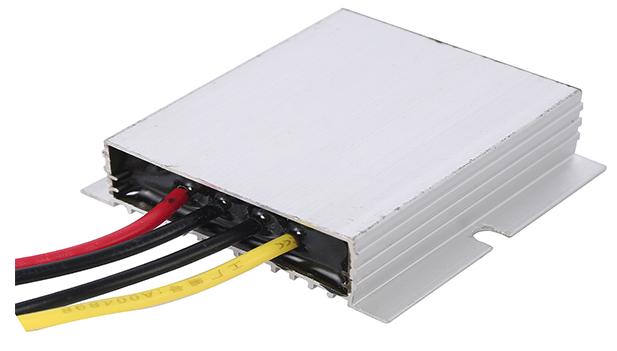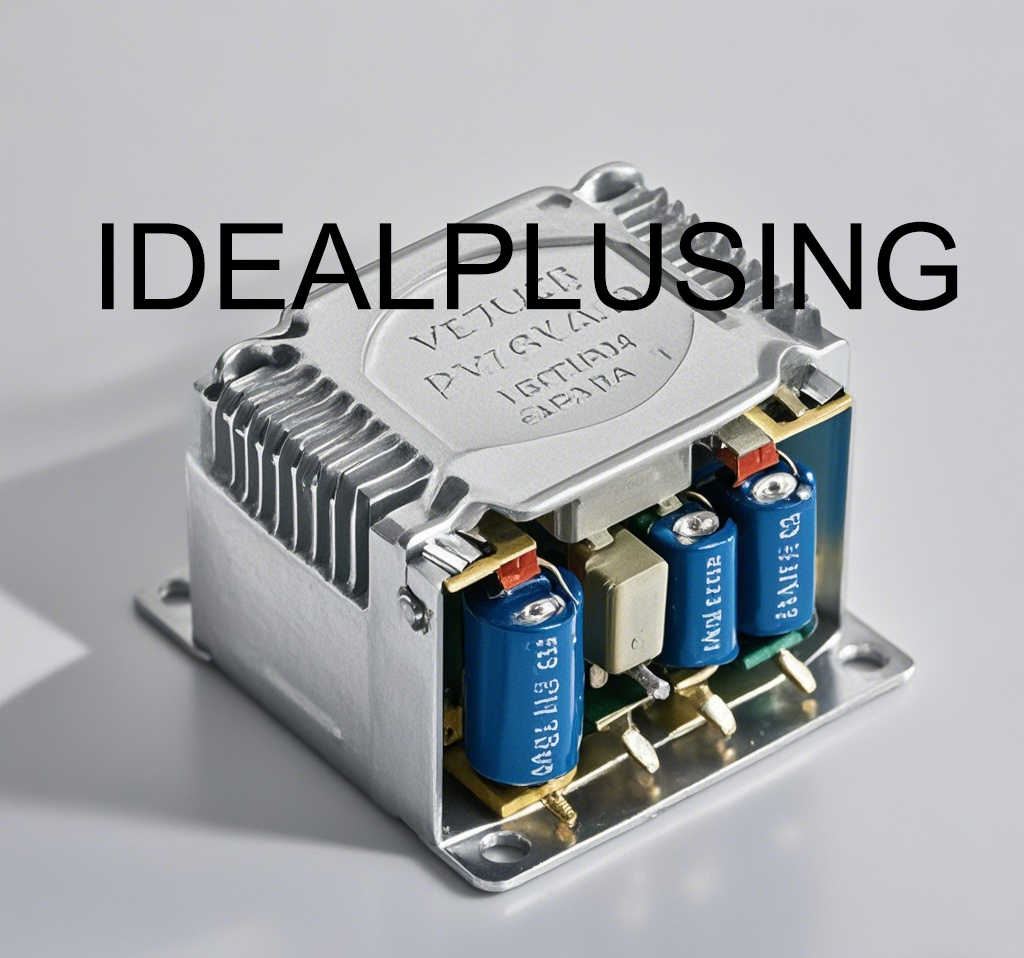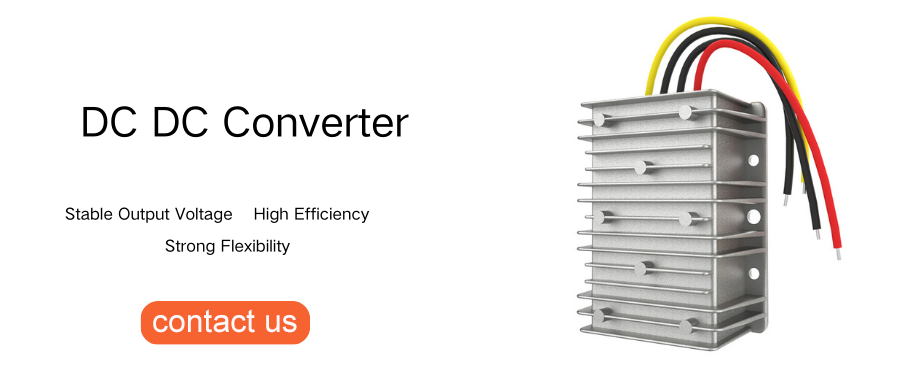As a key component of DC-DC power supply, the working principle of DC-DC converter deeply reflects the essence of power electronics technology. In short, DC DC converter realizes efficient conversion and stable output of DC voltage through a series of precise circuit operations and control strategies, meeting the diversity of power supply requirements of different electronic devices.
Working principle explanation
The working core of DC DC converter lies in the repeated on-off operation of its internal switching elements. In this process, the input DC voltage is first converted into high-frequency square wave voltage or current. This conversion step is the starting point of energy conversion. The advantage of high-frequency square wave is that it can be more easily filtered and transformed through components such as inductors and capacitors, thereby improving conversion efficiency and stability.
Subsequently, the high-frequency square wave voltage is processed by the rectification circuit (such as diode bridge rectification) and the smoothing filter circuit (mainly composed of capacitors) to filter out the harmonic components and finally restore it to a smooth DC voltage output. This process not only realizes the voltage conversion, but also ensures the stability and reliability of the output voltage.

Composition and classification
DCDC converter is usually composed of key components such as control chip, inductor coil, diode, triode and capacitor. These components work together to complete the task of voltage conversion and regulation. According to the relationship between the output voltage and the input voltage, DC DC converters can be divided into three types: boost type, buck type and buck-boost type. Each type has its own specific application scenarios and control strategies to meet the power requirements of different devices.
Control strategy
In terms of control strategy, DC DC converters mainly use PWM (pulse width modulation), PFM (pulse frequency modulation) and PWM/PFM hybrid control modes. PWM control type occupies a dominant position in most applications with its advantages such as high efficiency, low noise and low ripple voltage. PFM control type shows lower power consumption under light load or standby state, which is suitable for devices running for a long time. The PWM/PFM conversion type combines the advantages of the two modes and automatically switches the control mode according to the load conditions to achieve a higher energy efficiency ratio.

Application field
With the rapid development of electronic technology, DC DC converters have been widely used in consumer electronic products such as mobile phones, MP3, digital cameras, portable media players, etc. These devices have increasingly stringent requirements for power supply, not only requiring stable voltage output, but also requiring high efficiency, low power consumption and miniaturization. With its excellent performance and flexible control method, DC DC converter has become an indispensable power management solution for these devices.
In summary, the working principle of DC DC converter is based on high-frequency switching technology and precise circuit control strategy. Through efficient energy conversion and stable voltage output, it provides reliable power supply guarantee for various electronic devices. Its wide range of application fields and continuous technological innovation will further promote the development and popularization of power electronics technology.







